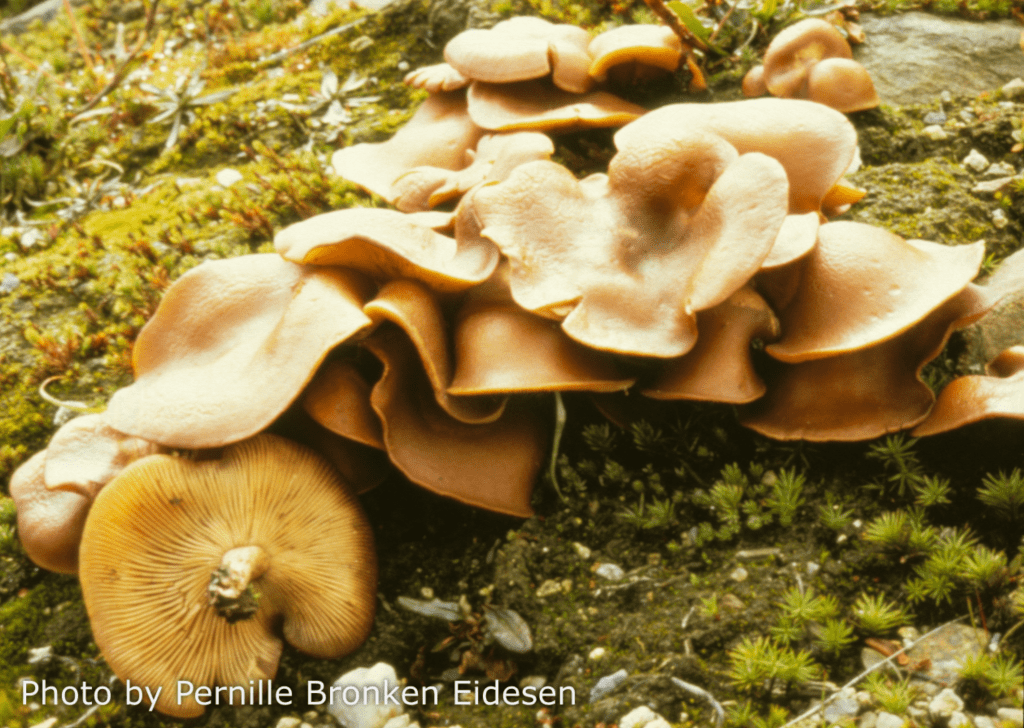Mutualistic fungi
Mutualistic fungi live on other organisms, however in contrast to parasitism, mutualism benefits all involved organisms. The fungi get nutrition, mainly carbohydrates, from their partners, but also give something back to them. Below, different forms of mutualism found in fungi are explained with examples. Symbiotic relationships Mutualism :: Both individuals benefit Parasitism :: One individual […]








